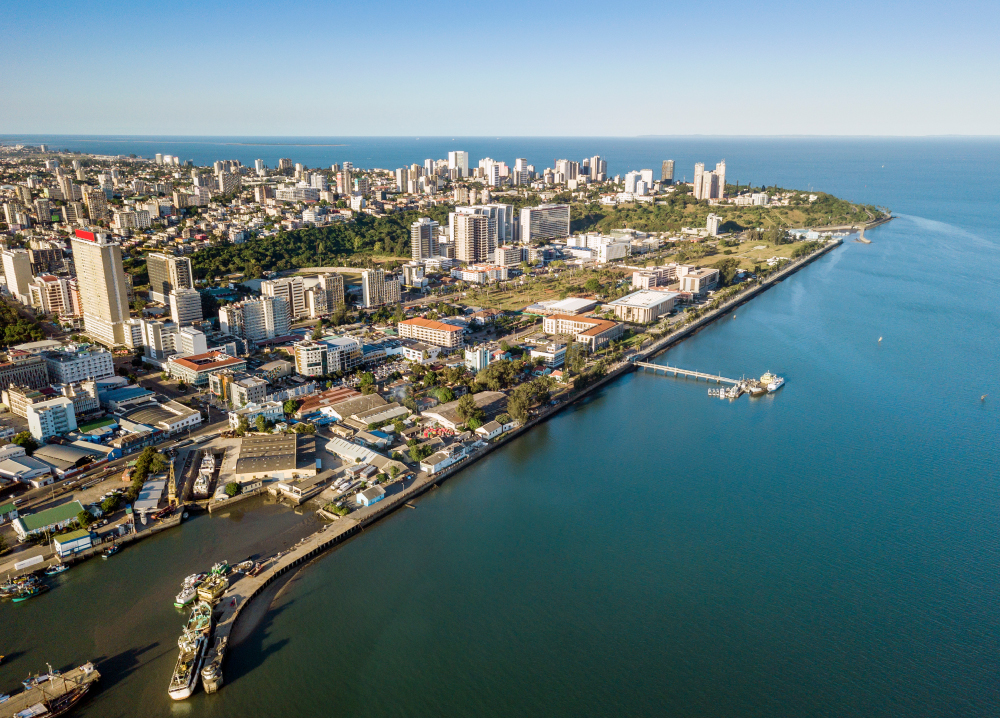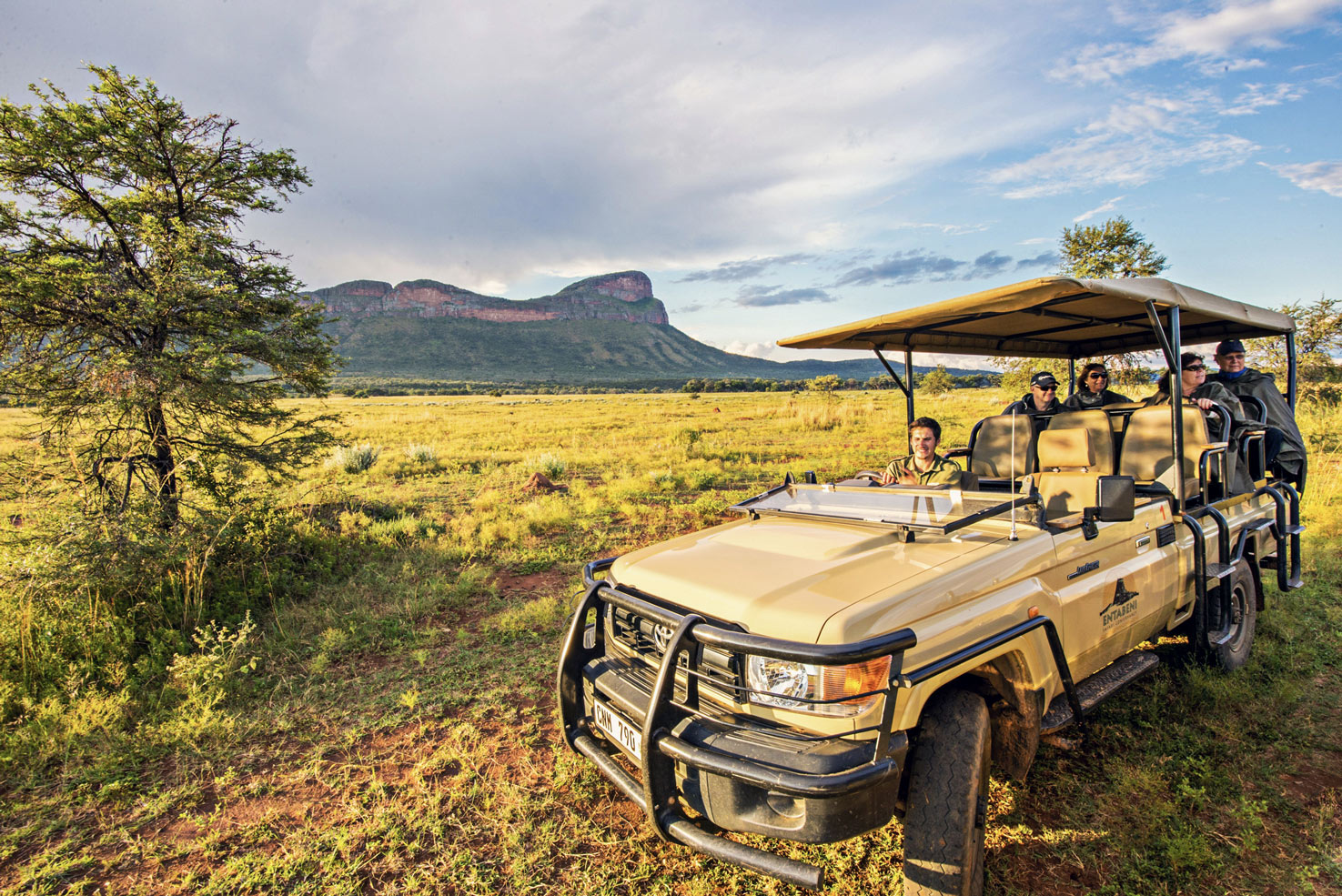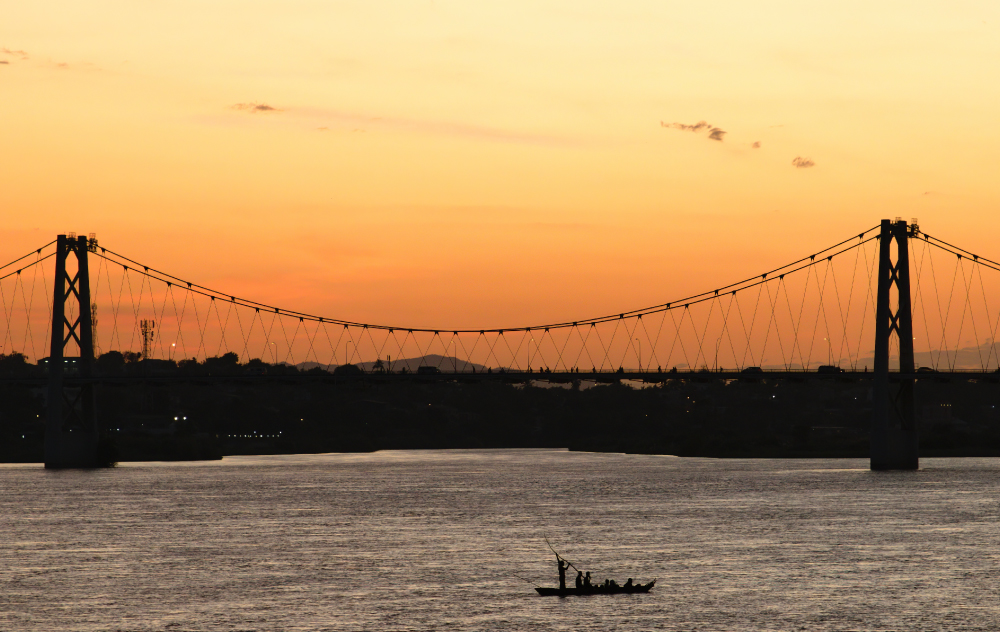Featured Destinations
Maputo

Maputo, the capital of Mozambique, is an Indian Ocean port and the largest city in Mozambique. Aside from its popular remote beach lodges, Portuguese influences, and excellent diving and water sports, Maputo’s Meetings, Incentives, Conferences, and Events (MICE) industry is thriving.
Event planners will find more than 2,400 hotel beds in the 3-5-star category, with many international hotel brands and venues able to accommodate large groups and events.
Add one or two nights in the city to soak in the art and culture, take a tuk-tuk ride to the local market, and enjoy a meal at Maputo’s iconic Polana Serena Hotel, which overlooks the ocean.
Mozambique is less developed than neighboring South Africa, so ATM (bank) and Internet services are only sometimes available. 4X4 vehicles are best for self-drives.
Although there have been some safety issues in the country’s north, resorts in the south are still considered safe.
Mozambique is popular with families, fishermen, and nature lovers – especially Inhambane and Tofo, or Vilanculos and the Bazaruto Archipelago. Xai-Xai is less known but also has beautiful beaches.
Johannesburg

Johannesburg (also referred to as Jo’burg, or Jozi) is the capital of the Gauteng province and home to the most prominent and busiest international airport in Africa, OR Tambo International Airport (ORTIA).
It is the perfect launchpad for any South Africa itinerary, but don’t be in a hurry to move on! Travel planners can confidently add a few nights in the city so guests can experience the excellent nightlife, food, cultural attractions, and shopping. There is a fantastic mix of luxury accommodation and a thriving rooftop bar and entertainment scene.
Aside from the game viewing, unmissable cultural experiences in Gauteng include a guided tour of Soweto, one of SA’s best-known townships. This will help connect visitors with locals and SA’s charming, warm culture (you can even bungee jump from the iconic Soweto Towers). The Apartheid Museum (also in Cape Town) helps tell the sobering and vital story of the country’s difficult past and road to democracy.
Most travelers will make the five-to-six-hour drive to see the Kruger National Park (KNP) in the neighboring province of Mpumalanga. (Don’t forget that visitors can book a shuttle and private charter flights from OR Tambo to high-end safari lodges and private airstrips.)
However, it is a far drive for a day trip, so allow enough time to see Jo’burg’s many highlights before guests move on the beautiful beaches and scenery in Mozambique.
Tete

Tete, a port city in west-central Mozambique, is on the right bank of the Zambezi River. It’s one of the country’s busier business centers, and Tete Chingozi Airport, while still small by some standards, is the fourth-largest airport in Mozambique.
Tete has rich coal mines and was once a big market for ivory and gold. The Cahora Bassa dam – one of Mozambique’s most prized developments – is also in Tete.
According to LAM Mozambique’s travel guide for Tete, a boat ride on the dam is a fantastic experience. Tete is also a popular fishing destination and famous for its cultural Nyau masked dance performances.
Also on Tete’s tourist route are the remains of the Boroma Church, an old Catholic mission about 25km outside of Tete, and Forte de São Tiago, built by the Portuguese empire in the 16th century.
Destination specialists love Tete because of its many indigenous baobab trees, and a small suspension bridge that resembles a miniature version of the one in San Francisco adds to Tete’s character.